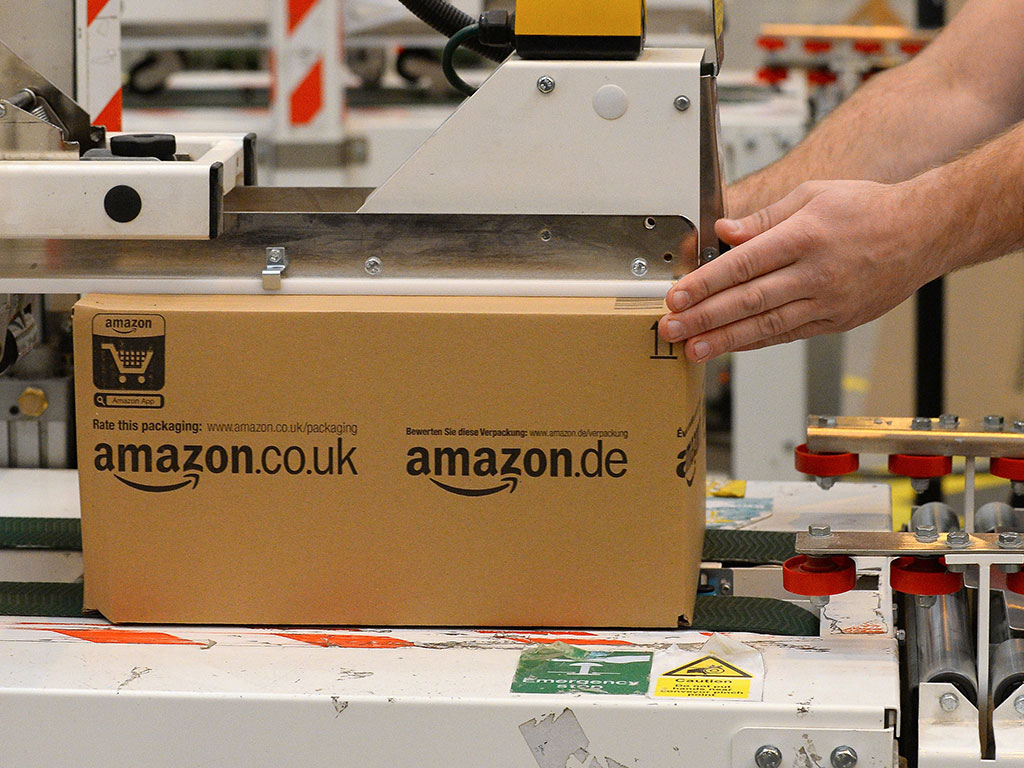Amazon opens its first real store
Despite its continued dominance in the online retail space, Amazon makes an unexpected move to the physical world by opening its first bookshop

Amazon has opened its first physical store in Seattle today. The company chose the destination after it discovered it was the "most well-read city" in the US
After two decades of retailing online, internet giant Amazon has opened its first physical book shop. The store opens in University Village, Seattle on November 04, in what is said to be a permanent move, as opposed to a pop-up or temporary fixture. As well as books, it will also sell Kindles, and other electronic devices.
The decision to open an actual shop illustrates the ‘comeback’ of the print industry
Despite having a winning strategy of undercutting the prices of traditional bookstores, which is made possible by a lack of property and staff overheads, Amazon believes that it can combine the best of both worlds to make its new store a success. The pricing of the books in store will reflect those featured online.
The retailer will use data collected from its website to influence the contents of the shop, including basing its selection of 6,000 titles upon those most popular online. Books will also feature placards that provide a customer rating and a review given by a customer on the Amazon website. All books will be outward facing so as to attract shoppers to cover artwork, while titles with a 4.8 star rating or more will be showcased by the tills.
According to a press release published by Amazon in June, Seattle topped the list for “most well-read city” in the US, with its citizens not only purchasing the most books, but also the most newspapers, magazines and Kindle books. The Washington city is also home to the headquarters of Amazon, making it a natural choice for its flagship store.
The decision to open an actual shop, in spite of being the number one online retailer in the US, illustrates the ‘comeback’ of the print industry and the resurgence in popularity of physical books among consumers. Many had feared over the past decade that ‘print is dead’ due to the arrival of the internet age, yet more and more people are now being drawn by the allure of books and to certain aspects that simply cannot be mimicked on an electronic device or online.













